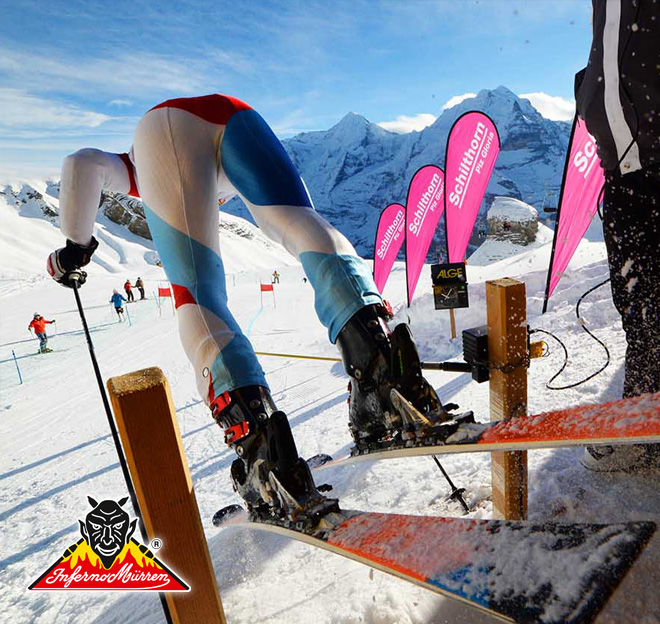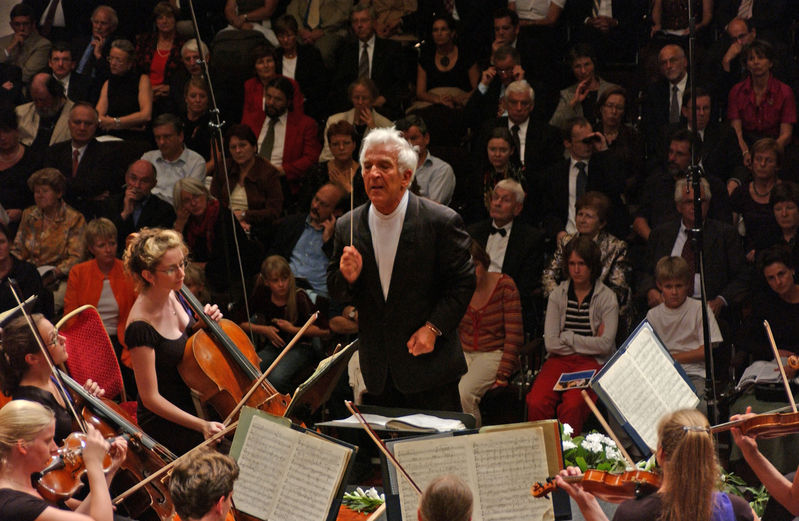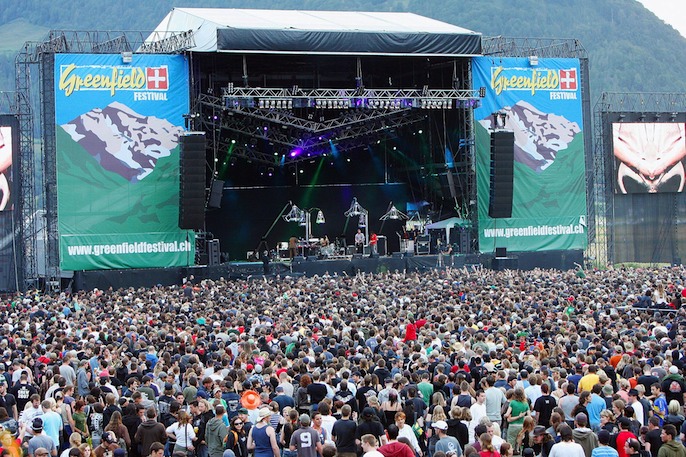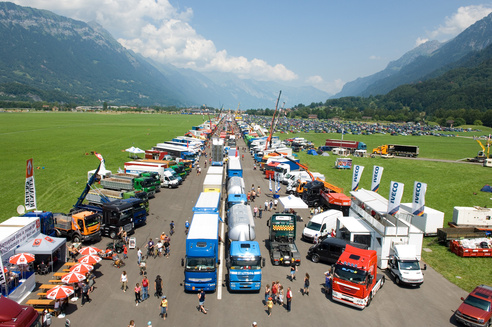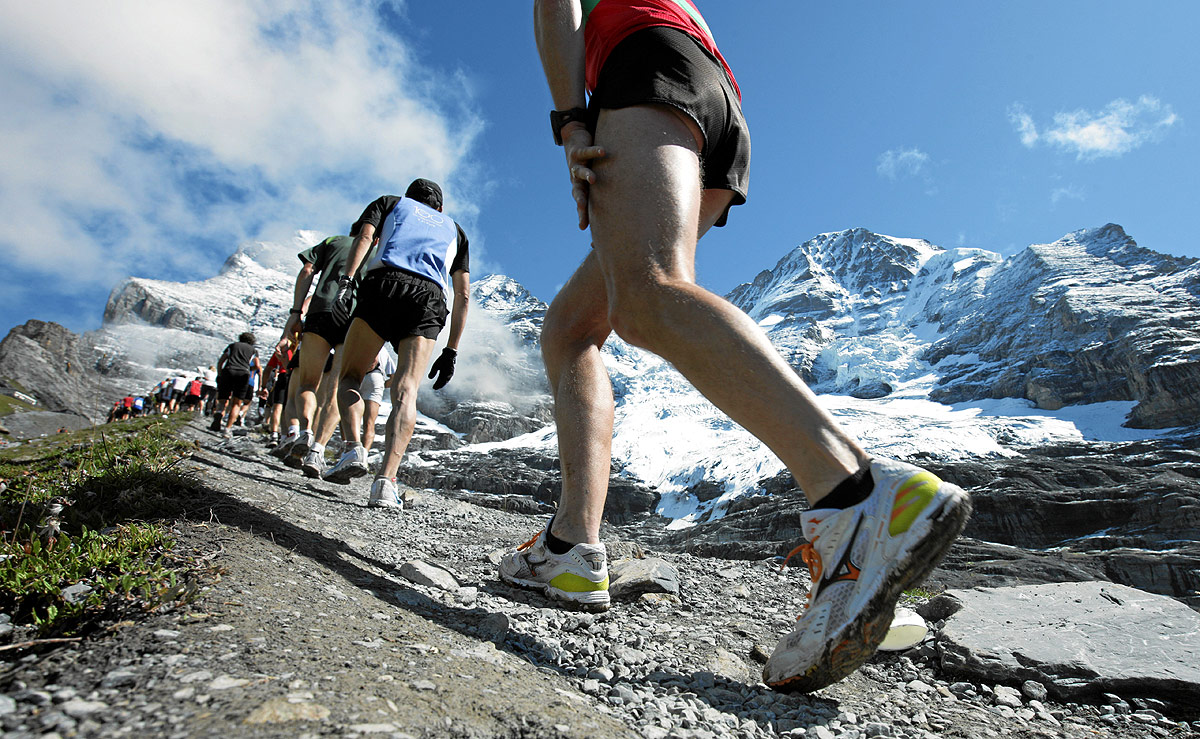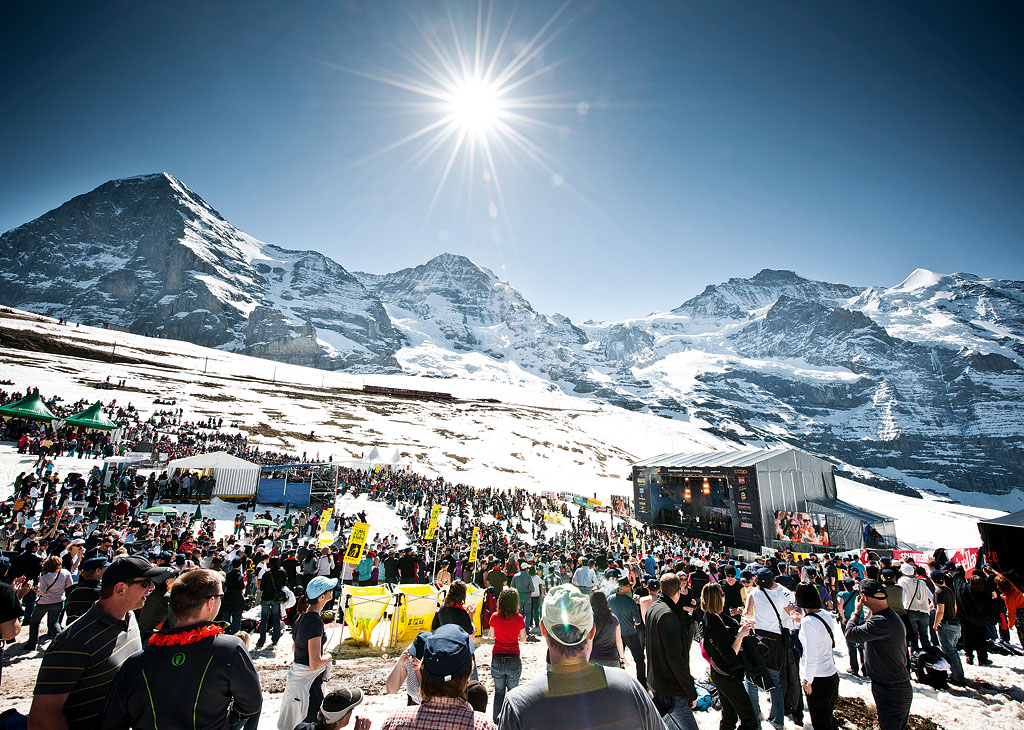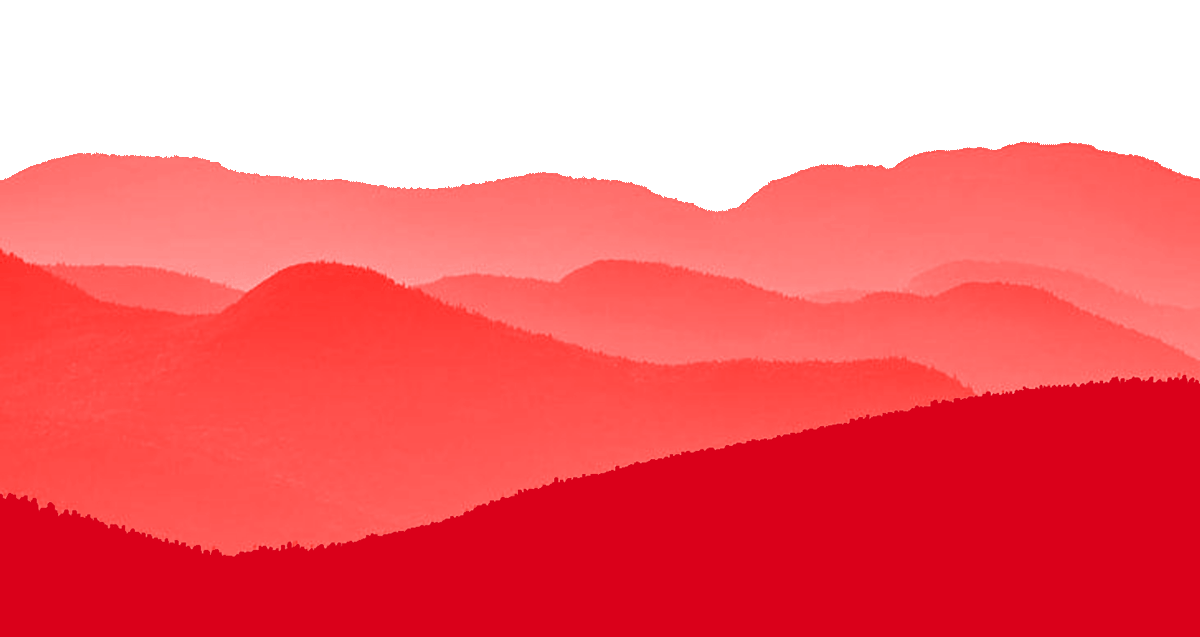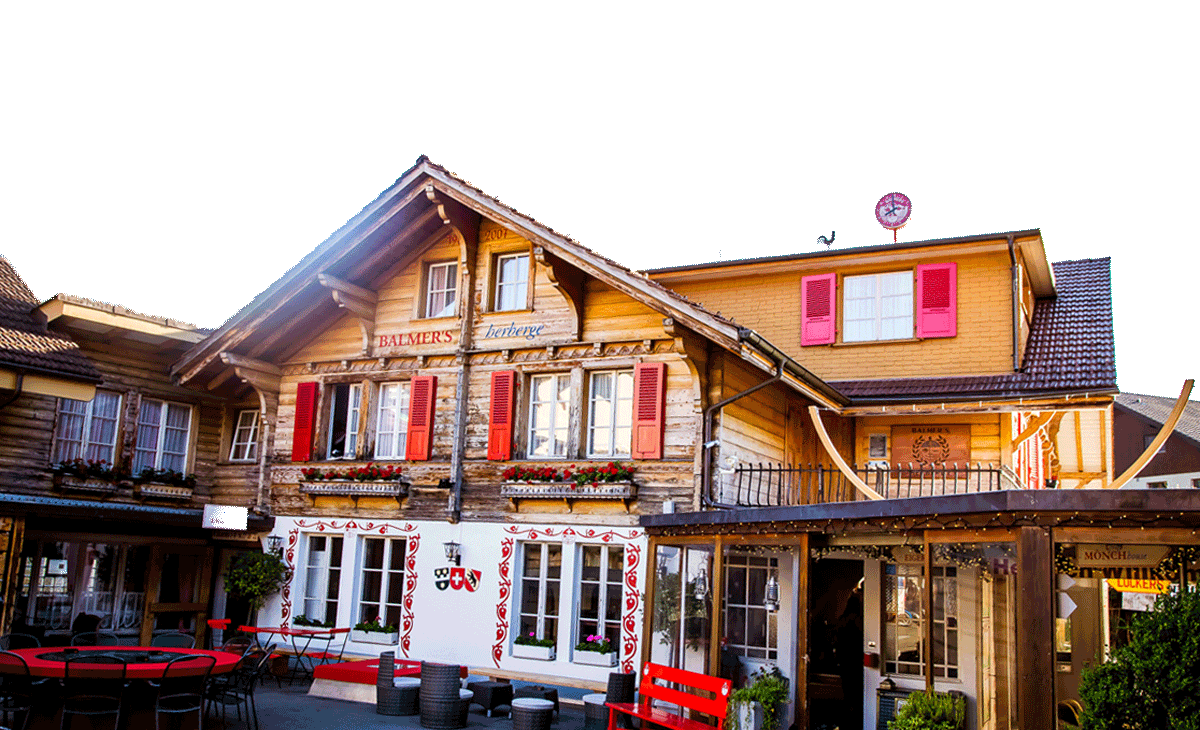The Inferno Race was organised for the first time in 1928 by a group of “ski-crazy” Englishmen. Today it is regarded as the largest amateur skiing race in the world. The number of participants is limited to 1,800, and every year just as many other hopefuls have to be turned away. The appeal of the 15.8 km course is down to its contrasting terrain, which is also open to the skiing public at other times of the year.
The Inferno Race is particularly well suited to the good allround ski, as the following excerpt from the competition documenation explains: “The upper part of the course demands downhill turning technique and an optimal line. The middle section calls for an ideal downhill position and fast gliding. The section from the “Kanonenrohr” to the “Höhenlücke” is where technically accomplished skiers come into their own. Over the section from Maulerhubel to Winteregg, skating steps and arm power can make all the difference between victory or defeat. And from Winteregg-Spriessenkehr to Lauterbrunnen optimal equipment, a clean downhill position and – not least – mental stamina can be the key to a fast final time.”
For all those who want to complete the downhill run at a leisurely and enjoyable pace rather than in racing mode, here is a brief description of the course: The start is located just below the Kleines Schilthorn. From here the course continues through the Engetal to the Schilthorn Hut. There follows a long drawn-out S to just below the Muttlerenhoren, followed by the challenge of the “Kanonenrohr” (or gun barrel). Next up is another Double S and a sharp right-hand curve, after which the course climbs into woodland, crossing the path of the Maulerhubel ski lift. A slight ascent then takes us to Winteregg over the Winteregg Bridge to rejoin the forest trail in the direction of Lauterbrunnen.
Proficient skiers will take approx. 45 minutes to complete this wonderful downhill run. The winners of the Inferno race usually cover in less than 15 minutes.

